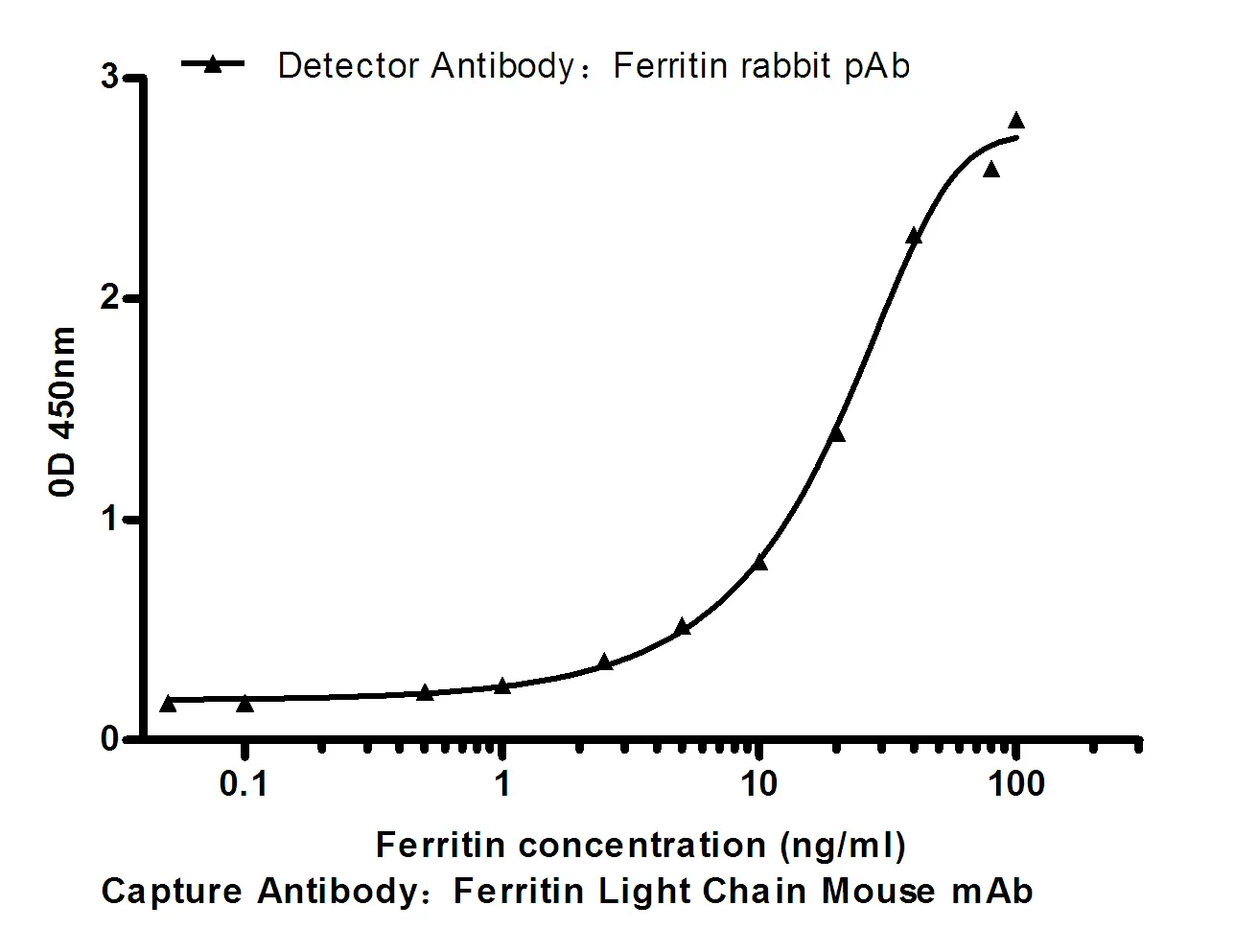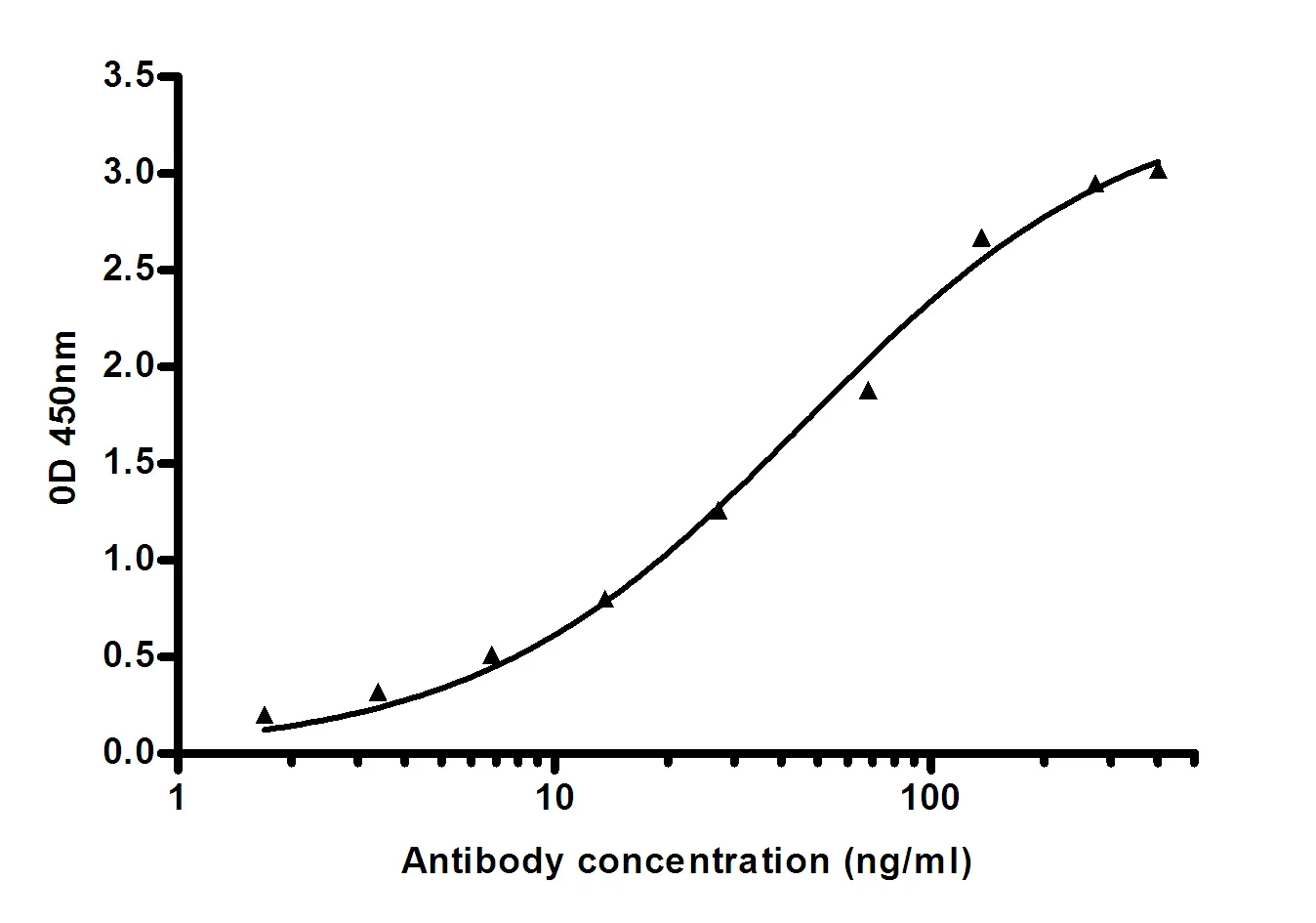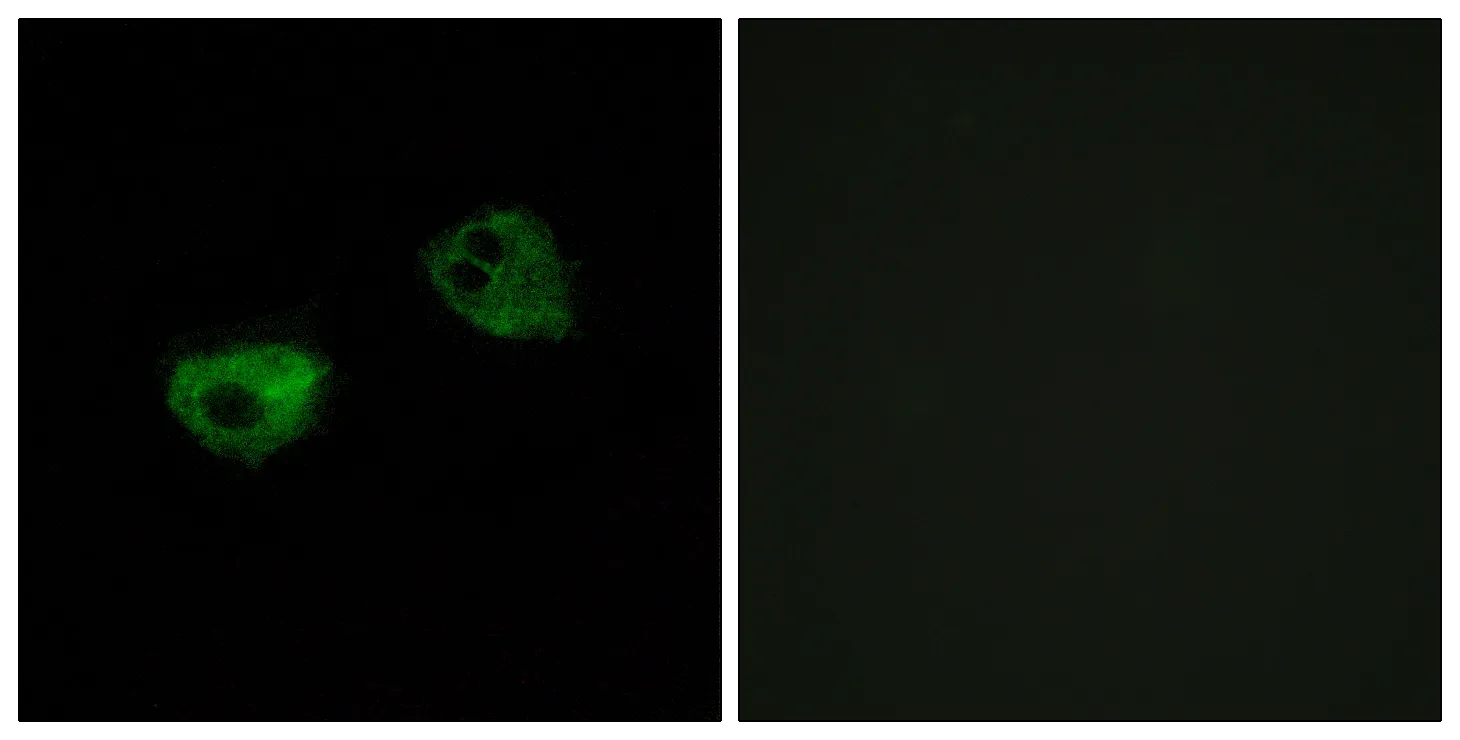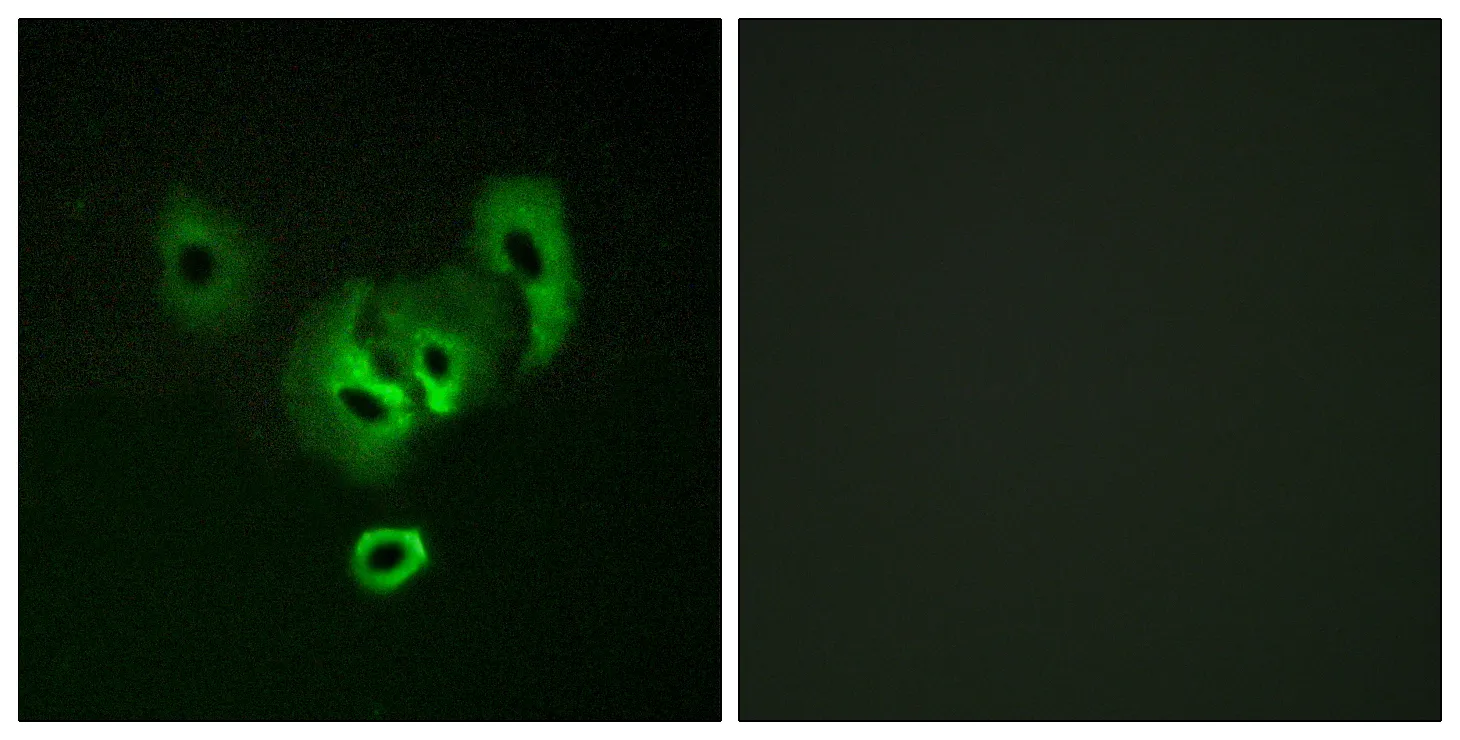Summary
Performance
Immunogen
Application
Background
This gene encodes a protein belonging to the GTP-binding superfamily and to the immuno-associated nucleotide (IAN) subfamily of nucleotide-binding proteins. The encoded protein of this gene may be negatively regulated by T-cell acute lymphocytic leukemia 1 (TAL1). In humans, the IAN subfamily genes are located in a cluster at 7q36.1. [provided by RefSeq, Jul 2008],function:Exhibits intrisinic GTPase activity. Shows a higher affinity for GDP over GTP (about 12-fold higher), and binding shows an absolute requirement for magnesium.,similarity:Belongs to the IAN GTP-binding protein family.,tissue specificity:Highly expressed in spleen and peripheral blood leukocytes that contain mostly T- and B-lymphocytes. Expressed specifically in resting T- and B-lymphocytes and expression significantly decreases during B- or T-lymphocyte activation. Expressed at lower levels in thymus, ovary, colon and small intestine.,
Research Area






